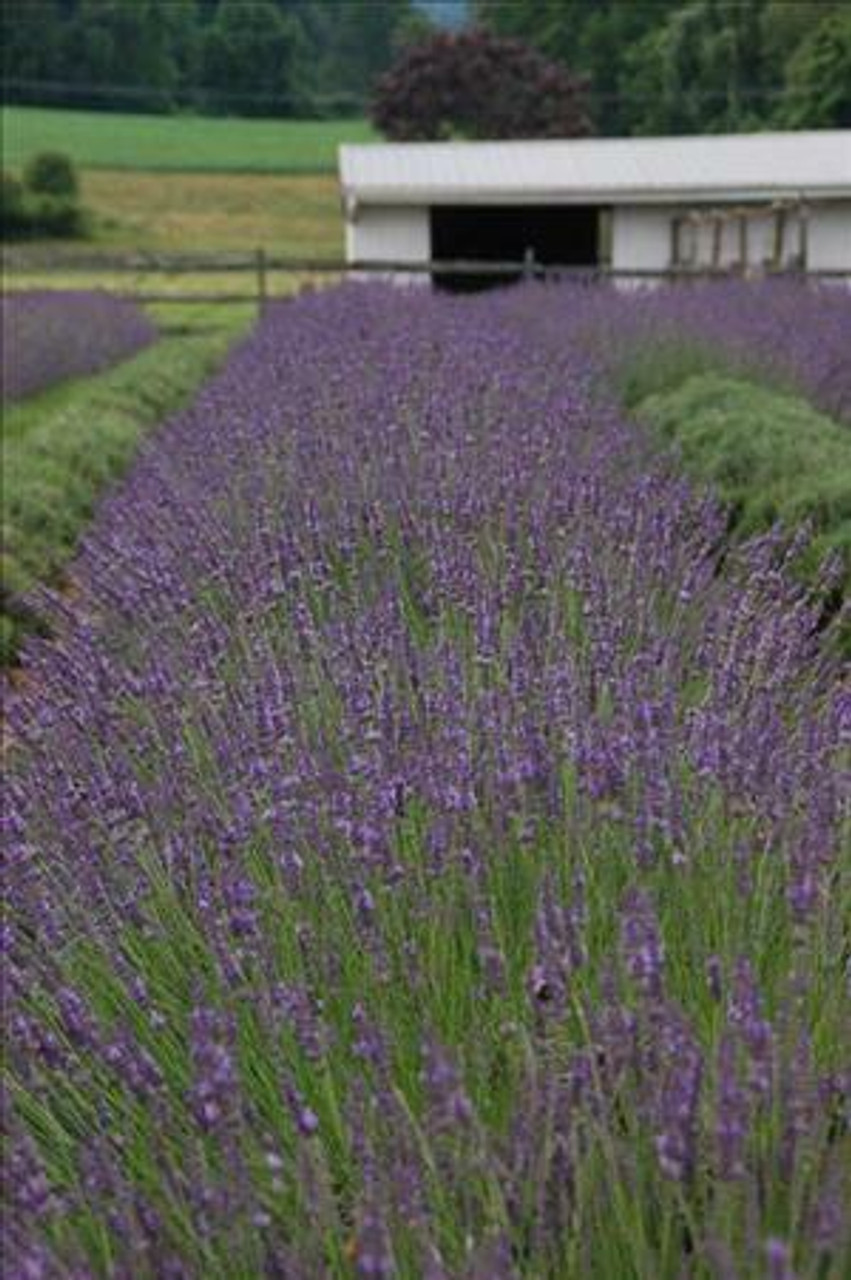Product Description
Lavandula x i. PHENOMENAL TM ('Niko' PP24193) (4) 1-gallons
- Tolerates the extremes of both cold and heat without dying back, is resistant to root and foliar diseases, and grows superbly in production and landscapes
- Very large, hedging lavender
- Forms a very broad, dense mound of silvery green foliage topped with long, rich lavender purple flower wands
- Height: 24 to 32 inches Spread: 4 to 4.5 feet
- Zones 4-9
Lavandula x intermedia Phenomenal 'Niko' PP24193, commonly known as Phenomenal Lavender, is a hybrid lavender that has gained immense popularity for its exceptional qualities.
Key Features:
- Hardiness: Thrives in USDA zones 5-9, tolerating both cold winters and hot summers.
- Disease Resistance: Exhibits strong resistance to common root and foliar diseases.
- Heat and Humidity Tolerance: Performs well even in challenging climates with high heat and humidity.
- Fragrant Flowers: Produces abundant, intensely fragrant, purple flower spikes in midsummer.
- Attractive Foliage: Features silvery-green, aromatic foliage that adds beauty even when not in bloom.
- Compact Habit: Maintains a neat, mounded form, reaching about 2-3 feet tall and wide.
- Versatile Use: Ideal for borders, hedges, herb gardens, containers, and cut flower arrangements.
Cultivation:
- Sunlight: Prefers full sun (at least 6-8 hours per day) for optimal growth and flowering.
- Soil: Thrives in well-drained soil with a slightly alkaline pH.
- Water: Drought-tolerant once established but benefits from occasional watering during prolonged dry spells.
- Pruning: Light pruning after flowering encourages bushier growth and repeat blooming.
- Fertilizer: Generally not required, but a light application of balanced fertilizer in spring can be beneficial.
Benefits:
- Attracts Pollinators: The fragrant flowers are a magnet for bees and butterflies.
- Deer Resistant: Rarely bothered by deer.
- Culinary Use: The flowers are edible and can be used in baking, salads, and teas.
- Aromatic Use: Dried flowers can be used in potpourri, sachets, and essential oil extraction.
Overall, Lavandula x intermedia Phenomenal 'Niko' PP24193 is a superb lavender variety that offers beauty, fragrance, and resilience. Its adaptability to various conditions and resistance to pests and diseases make it a top choice for gardeners of all levels.
Additional Information:
- It was discovered as a sport (mutation) of Lavandula x intermedia 'Grosso' by Lloyd and Candy Traven of Peace Tree Farms.
- It was patented in 2014 (PP24,193) and named 'Niko' after one of their customers.
- It has received numerous accolades, including being named a "Must Grow Perennial" by Better Homes & Gardens.
(4) 1-gallon containers ready to plant, plants may be trimmed for shipping,
Other Details
The most important part of the plant is its root system. Healthy roots are the foundation of a healthy, vibrant plant. The type of plug container used is based on the specific needs of the plants. Perennials offered as bare root traditionally perform better when planted as bare root.Planted in a specialized mix, potted plants have well established root systems. Top growth stage will vary depending on the current life cycle and time of year when shipped. In Winter and early Spring dormant plants may be shipped. Dormant plants may be planted right away, even before the last frost date.
Most bare root varieties are field grown for at least one season, though Hemerocallis and Hosta are grown for two seasons. The bulk of the soil is removed during the harvesting process and the tops of most varieties are trimmed back to the crown. They are graded, packed in shredded aspen or sphagnum moss and stored in freezers until ready to be shipped.
See our Container Sizes and Bare Root Perennials pages for more information.
Plant information and care is provided in the Overview section, Plant Genus Page and general information is provided in the Planting Care & Guides. Additional questions can be asked on each Plant page.
Plant Spacing: Using the maximum mature spread or width of a plant to guide spacing, ensures space to grow to full size. To fill an area sooner, plant them closer together. Just remember, future thinning or transplanting may be needed.
Water: Keep a close eye on newly planted perennials, especially throughout the first growing year. Most early plant loss is due to too much or too little water!









